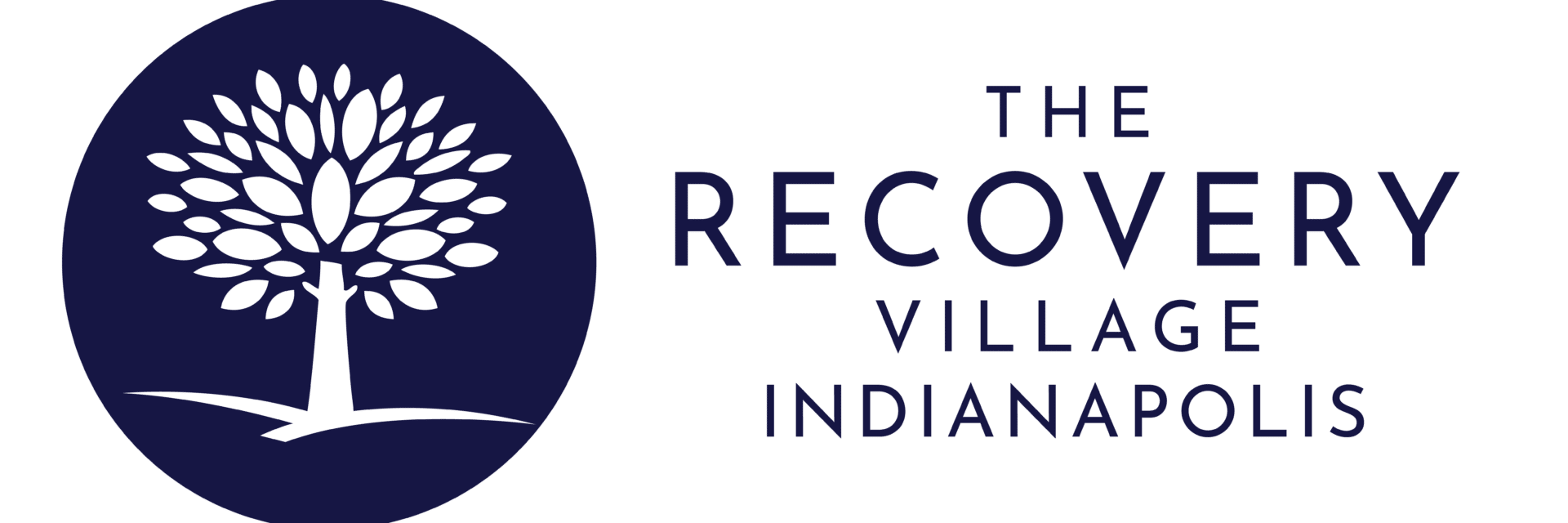Prescription drug misuse is a growing concern in the United States. In 2020, about 9.3 million Americans used prescription pain medication for non-medical purposes. One of the drugs often misused is Percocet, an opioid painkiller. Opioids are highly addictive and responsible for over 100,000 overdose deaths annually. It’s crucial to understand the risks of drugs like Percocet and where to seek help.
What Is Percocet?
Percocet is a type of medicine that helps relieve pain. It’s made by combining two different drugs — oxycodone and acetaminophen. Oxycodone is an opioid, while acetaminophen is an ingredient in Tyleon. It’s often given to people who are in moderate to severe pain after surgery or injury. Percocet works by changing the way the brain and nervous system perceive pain.
How Does Percocet Addiction Begin?
When someone takes Percocet, endorphins in the brain are released. This creates a pleasurable and relaxing feeling. This sensation encourages the use of Percocet and forms a connection between Percocet use and pleasure. Repeated use of Percocet can create a cycle of reinforcement that may lead to addiction.
Signs of Percocet Misuse
People who take Percocet can exhibit different kinds of problems if they misuse it. This can cause both physical and emotional changes and even lead to overdose if they take too much of it.
This Season, Give Yourself the Gift of a Fresh Start.
Whether you are struggling with addiction, mental health or both, our expert team is here to guide you every step of the way. Don’t wait— reach out today to take the first step toward taking control of your life.
Physical Signs of Percocet Misuse
Physical signs result from opioid side effects. They include:
- Drowsiness
- Constricted pupils
- Difficulty speaking
- Confusion
- Nausea and vomiting
- Constipation
- Slow breathing
Psychosocial Signs of Percocet Misuse
Psychosocial signs relate to behavioral changes associated with drug use. While not specific to Percocet, they often indicate addiction:
- Changing social circles
- Neglecting hygiene
- Withdrawal from usual interests
- Increased sadness or irritability
- Reduced appetite
- Heightened anxiety or nervousness
- Altered sleep patterns
- Poor work or school performance
- Legal issues
Recognizing a Percocet Overdose
A Percocet overdose can be fatal and signals a struggle with drug use. Signs of overdose include:
- Unresponsiveness or difficulty staying awake
- Bluish or purplish lips or nails
- Slow, gasping or absent breathing
- Slow heart rate
Drug overdoses are life-threatening. If you suspect a Percocet overdose, administer naloxone (Narcan) if available and call 911 immediately. Don’t hesitate to seek help, as waiting can result in help arriving too late.
Consequences of Percocet Addiction
Percocet addiction can have far-reaching consequences, affecting physical and mental health, relationships, finances and legal matters.
Short-Term Physical Consequences
Short-term effects involve opioid side effects and potential complications, such as:
- Concentration difficulties
- Constipation
- Increased injury risk
- Overdose risk
Short-term opioid effects are particularly alarming due to the fatal risk of overdose or injury.
Long-Term Physical Consequences
Long-term Percocet use can lead to decreased libido, chronic constipation and dependence. Dependence means relying on Percocet for normal functioning, with withdrawal symptoms upon cessation
Taking Percocet for a long time can lead to several issues such as reduced sexual desire, chronic constipation and dependence. Dependence means that the user can no longer function normally without taking Percocet, and stopping its use can lead to withdrawal symptoms.
Legal Consequences
Non-prescription Percocet use is illegal. While law enforcement primarily targets illegal sales, those with prescriptions might resort to illegal sources, increasing legal risks.
Financial Consequences
People struggling with addiction often have to prioritize buying drugs over other necessary expenses, which puts a lot of financial stress on them. Moreover, addiction can lead to more medical expenses, creating a cycle of debt and expenses.
Social Consequences
Addiction can cause people to withdraw from social situations and become secretive, which can harm relationships as drug use takes up more and more time. Over time, addiction can even ruin previously strong and meaningful relationships, including those with close family members.
Percocet Recovery Outlook
Recovering from Percocet addiction is possible but challenging. On average, it takes 8.4 years of opioid use before lasting recovery occurs. Research shows that only about one-third of those quitting opioids stay sober for a decade. Ongoing treatments and medications boost recovery rates.
Percocet Withdrawal and Detox
Percocet withdrawal happens because opioid receptors adapt to its presence. Withdrawal symptoms can be uncomfortable but are usually not life-threatening. Early symptoms include:
- Increased tear production
- Sweating
- Runny nose
- Anxiety
- Pain
- Fever
- Elevated blood pressure
As withdrawal progresses, symptoms may include:
- Dilated pupils
- Goosebumps
- Abdominal cramps
- Nausea and vomiting
- Diarrhea
Withdrawal typically lasts five to seven days.
Safe Detox from Percocet
If you are detoxing from Percocet, it is generally safe, but it’s recommended that you consult with a doctor. If you experience severe withdrawal symptoms such as vomiting and diarrhea, you may become dehydrated. People who have existing medical conditions may also have a higher risk of complications from the stress caused by opioid withdrawal on the body. Home detox is safe, but seeking professional help can ensure long-term recovery.
Percocet Addiction Treatment
Professional treatment enhances the chance of recovery from Percocet addiction and makes the entire process more comfortable. It involves detox and rehab.
- Detox manages withdrawal symptoms and prevents relapse.
- Rehab incorporates counseling, group therapy, medications and various therapies to help cope with Percocet’s absence.
Rehab can be outpatient or inpatient. Outpatient treatment allows a normal routine with periodic clinic visits. Inpatient treatment offers intensive care and a controlled environment to avoid triggers.
FAQs About Percocet Addiction
What Is Percocet Addiction?
Percocet addiction is a condition in which an individual develops a physical and psychological dependence on the prescription pain medication, Percocet. Percocet contains oxycodone, an opioid, and acetaminophen, a pain reliever. Addiction occurs when the brain becomes reliant on the drug to function normally, often resulting in compulsive drug-seeking behavior despite harmful consequences.
What Does Percocet Addiction Look Like?
Percocet addiction can manifest through various signs and symptoms, including:
- Behavioral changes: Neglecting responsibilities, isolating from loved ones, or frequently seeking prescriptions.
- Physical symptoms: Drowsiness, confusion, constricted pupils, and changes in sleep patterns.
- Emotional signs: Mood swings, irritability, or depression.
- Drug-seeking behaviors: “Doctor shopping,” forging prescriptions, or obtaining the drug illegally.
What Does Percocet Addiction Feel Like?
Individuals addicted to Percocet may experience:
- Intense cravings: A strong urge to take the drug to feel “normal.”
- Euphoria followed by a crash: A temporary sense of well-being followed by irritability or sadness.
- Withdrawal symptoms: Nausea, sweating, muscle aches, anxiety, and agitation when not using the drug.
- Loss of control: Feeling unable to stop using Percocet despite wanting to quit.
How to Stop Percocet Addiction
Overcoming Percocet addiction typically involves a combination of medical and psychological interventions:
- Consult a healthcare professional: Seek guidance from a doctor or addiction specialist to assess your situation and develop a plan.
- Detoxification: Under medical supervision, gradually taper off the drug to minimize withdrawal symptoms.
- Medication-assisted treatment (MAT): Medications like buprenorphine or methadone may help ease withdrawal and cravings.
- Therapy: Behavioral therapies such as Cognitive Behavioral Therapy (CBT) can address the psychological aspects of addiction.
- Support groups: Participate in groups like Narcotics Anonymous (NA) for peer support.
How to Get Off Percocet Addiction
The process of recovery may involve:
- Personal commitment: Acknowledge the problem and commit to change.
- Medical detox: Safely stop using Percocet under professional care.
- Rehabilitation programs: Consider inpatient or outpatient treatment facilities that specialize in opioid addiction.
- Aftercare: Engage in long-term support to prevent relapse, such as counseling or ongoing therapy.
How Long Can I Take Percocet Without Addiction?
The risk of addiction varies depending on factors like dosage, duration of use, and individual susceptibility. Generally, Percocet should only be taken as prescribed for a short period (typically less than two weeks) to minimize the risk of dependence. Prolonged use, even as prescribed, can increase the likelihood of developing addiction.
If you or someone you know is struggling with Percocet addiction, seek professional help as soon as possible. Early intervention improves the chances of successful recovery.
Recovery From Percocet Addiction at The Recovery Village Indianapolis Drug and Alcohol Rehab
Recovery from Percocet addiction is attainable with many available resources. The Recovery Village Indianapolis Drug and Alcohol Rehab offers comprehensive care, including:
- Medical detox
- Inpatient treatment
- Partial hospitalization programs
- Outpatient services
- Long-term aftercare
Our evidence-based approach addresses addiction’s root causes and provides ongoing support. If you’re ready to seek help for Percocet abuse, our compassionate experts are here to assist. Find your closest location today to explore addiction treatment programs that suit your needs.


